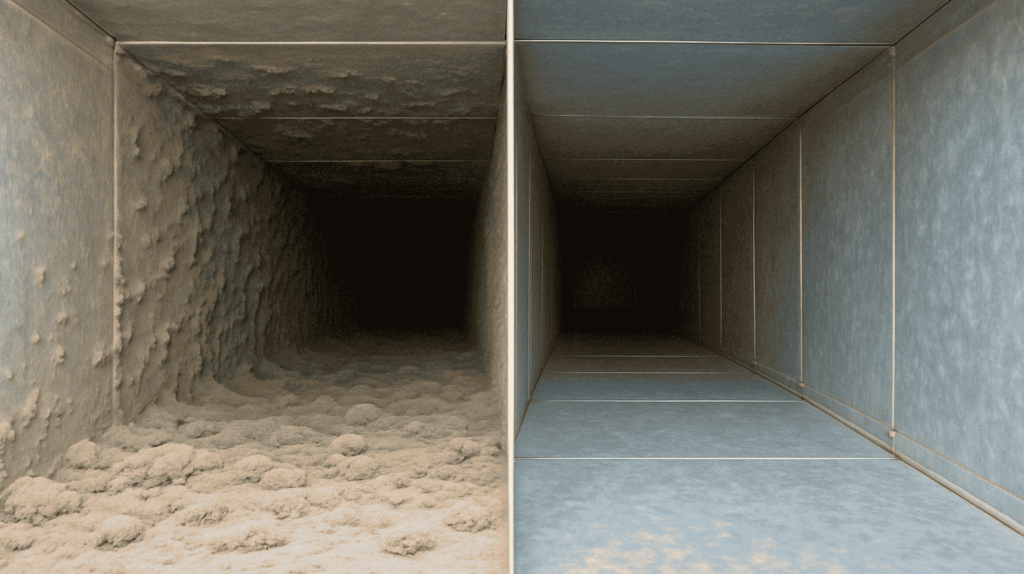Have you ever looked forward to taking a nice, hot shower only to be left shivering underneath the shower head? If so, it’s likely you were the unfortunate casualty of the hot water heater going out. The hot water heater is one of those appliances in the house that we often forget about or take for granted until it stops working properly. But there are three simple things you can do to maintain the longevity and operation of your hot water heater so you won’t have to be left out in the cold.
But before we get started, here are some important safety tips to keep in mind before you begin any maintenance work for you hot water heater.
Disconnect the power. Depending on what kind of water heater you have (gas or electric), you’ll want to shut off the gas valve or cut off the electricity from the unit. If the valves or the breaker box require any special tools, be sure to keep those handy as well.
Check the temperature. Water heaters are hot, and you do not want to lean on or grab anything that could burn you. You can either check the temperature with a thermometer or gently tap an area with the back of your hand.
Clear away any objects surrounding the water heater. You want to make sure you have a clear path to and surrounding the water heater to avoid fire hazards. It’s also important to have a flashlight or a work light near your hot water heater so you have adequate lighting to maintenance the unit.
Now that you’ve taken some of the necessary safety precautions, here are three easy ways to maintain your water heater:
Check the anode rod annually.
Water heaters are typically lined with a thin layer of glass to guard the steel tanks against corrosion. Over time the glass lining eventually cracks, which is when the anode rod comes in handy. Anode rods are long metal dowels that attract the corrosive elements in water to protect your water heater from rust and other damage. Did you know that replacing the anode rod before it stops serving its purpose can double the lifespan of your hot water heater? While anode rods usually last about five years, it’s a good idea to check it annually to make sure it is functioning properly. Replacing a corroded anode rod is a much more cost-effective maintenance expense than replacing the entire water heater.
Flush the tank at least once a year.
To improve your water heater’s efficiency and to prevent rust and corrosion, remove sediments from the bottom of the tank. Flushing the hot water heater is key to keeping your unit in the pristine condition. Doing a full drain and flush of the unit is best, but a mini-flush works well, especially if you’re strapped for time and don’t want to shut down the water heater. Stay tuned for a future blog post about how to perform a proper water heater flush.
Test the temperature and pressure relief valve.
Every six to twelve months, you’ll want to check the T&P valve to ensure the safety and functionality of your hot water heater. To test the valve, lift the lever part of the way. Let it go and allow it to snap back. As water is released into the drain tube, you should hear a gurgling or bubbling sound. If the T&P valve does nothing, however, this may be a sign that it needs to be replaced.





